Rakia is an alcoholic drink, widespread among the Balkan countries predominantly. Rakia is a traditional drink for Bulgarians, as well as the people of Macedonia, Montenegro, Croatia and Serbia. In Romania, rakia is known under the name cuika, in Serbia as ракија and in Turkey they call it rakı.
Immediately after production, rakia is not distinguished by any specific color but eventually, after aging in barrels or other containers, it does change its color. Some admirers of this local national drink boldly compare its taste to that of Japanese sake. Others find similarities between rakia and Mexican brandy.
Production of Rakia
The spirit elixir is obtained after fermented fruits go through the process of distillation (boiling). During the production process, what results first is the so-called purvak, which is not consumed. Homemade rakias vary in alcohol by volume but it is typically between 40-50%. If the resulting alcoholic liquid is boiled once again, a rakia known as prepek is obtained.
It differs in its higher ABV, which is why it is often diluted with water during consumption. Some varieties of this alcohol even reach up to 90% ABV and more. Well-prepared rakia has a pleasant smell, without a bitter note. But if you do notice a bitter aftertaste, it is most likely due to pomaces that have sat a while longer.
History of Rakia
The origins of rakia have been widely debated. There exist several theories as to how it might have come to the Balkans. One of these goes that its father was actually a French man who, in the first few years of the 14th century, decided to distill wine, the result being a spicy grape drink. According to one of the stories, his discovery became popular among the local knights, thanks to which it reached even the borders of the Balkans.
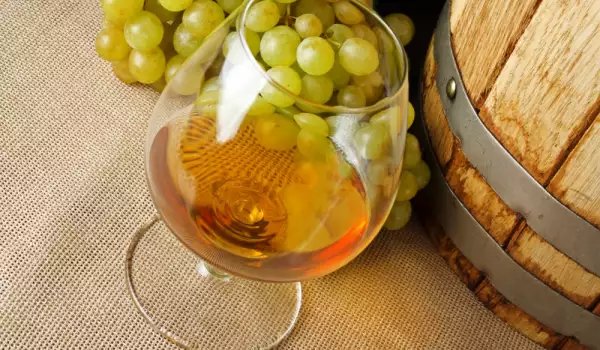
Some historians however, believe that rakia came to the Balkans after the invasion of the Ottomans. Yet still others are convinced that rakia was discovered by Bulgarians and was even brought over from their old homeland. But there is simply not enough evidence for this. What is known is the story of a bartender from Sofia who, in the 1st half of the 18th century, left behind more than 440 lb (200 kg) of rakia.
Types of Rakia
There are several types of rakia, some famous under specific names. For example, a spirit elixir made from plums is known as Slivovitsa (plum brandy). According to manufacturers of the national drink, the term shlyangaritsa is used to denote a rakia distinguishable by its inferior quality.
Shlyangaritsa is also the name for the alcoholic drink from cherry plums. Rakia made from grapes also goes by specific names: grappa, muskatova and grozdanka, as it is known among veteran drinkers.
If the elixir is produced from the grape leftovers, it is called pomace brandy or marc. There are also fig rakia, cherry rakia, walnut rakia. Rakia can even be made from rose oil. It is commonly known as gyulovitsa. Some manufacturers like adding herbs to the raw material, the result being herb rakia. Hunter's rakia is another variety, unique in that it contains chili peppers.
Anise brandy, produced after boiling fruit brandy, is yet another well known type of rakia. Post boiling, they add anise and fennel seeds.
Serving Rakia
Rakia is among the choice Bulgarian alcoholic drinks. It takes its place as a favorite because it can be drunk year-round, plus it doesn't require any special appetizers since it easily combines with all sorts of food products. This traditional alcohol is usually served before the main course or with the dish preceding it.
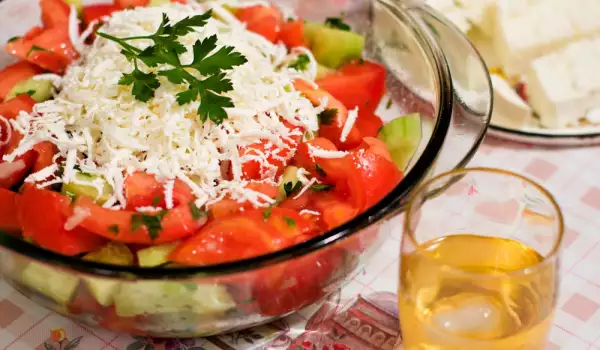
Normally, rakia is served cooled and with a glass of water. Some prefer to serve a glass of soda instead of the water. It can be placed in a glass pitcher with a lid or in a glass bottle. It is custom to serve the spirit in glasses. Rakia glasses vary in their shape and thickness of the glass. Some are cone shaped, others have a stem, others not. Usually they can hold between 2 tbsp (30 ml) and 2/5 cup (100 ml) of the liquid.
Even though rakia does not require any special appetizers, let us nonetheless take a look at some of the food products that are an excellent complement to this fiery drink. An emblematic combination in the country is rakia with Shopi salad. It has led many foreigners to fall in love with Bulgaria and want to return once again. Other salads that will make your rakia seem even more delicious are bean salad, dairy salad and carrot and cabbage salad. If you prefer fruits, know that cherries and strawberries make suitable appetizers. In some parts of the country they prefer to serve rakia with traditional local dishes such as tripe soup and khash.
Mulled Rakia
While rakia is superbly delightful when served cooled, a good many drinkers prefer to consume mulled rakia during the winter. To make it they put rakia in a cezve on the stove and sweeten it with sugar or honey, with 1 tbsp of the sweetener per 4/5 cup (200 g). Some rakia enthusiasts also add lemon rinds and cloves. The liquid is stirred and removed from the stove before it comes to a boil. It is then served in thick-walled glasses that can handle the high temperature of the liquid.
Cooking with Rakia
Rakia is used in cooking as well. 1-2 spoons of it can provide a pleasant aroma to cakes, jams, etc. A little bit of rakia can be added to dishes with pork, chicken and lamb meat. Rakia finds wide use in the preparation of cocktails and liqueurs also. Some lovers of this alcohol have the habit of mixing it with tea during the cold winter months.
Benefits of Rakia
Despite there being differing opinions as to the effects of rakia on the body, a great many Bulgarians believe that it is healthy and even scientists from the Bulgarian Academy of Sciences have come to this same conclusion. It is thought that quality rakia helps treat gastritis, toothache, arthritis, runny nose, exostosis, rheumatism, discography, infertility, sinusitis, sore throat. According to scientists, moderate consumption of rakia helps lower bad cholesterol and normalize blood pressure levels. Rakia has a beneficial action, as long as it is not overconsumed. Experts recommend not drinking more than 2/5 cup (100 g) of rakia.
Folk Medicine with Rakia
There are numerous recipes found in folk medicine for treating various ailments using rakia. Folk healers recommend using this fiery elixir for backaches: make an extract from horseradish leaves. Take 30-40 leaves and chop them. Then leave them to soak in 2 cups (500 g) of strong homemade rakia. They must sit as is for at least 10 days. Rub the resulting liquid on the affected areas.
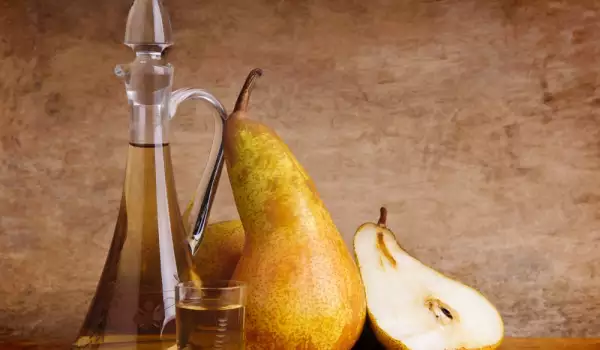
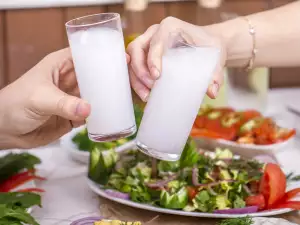

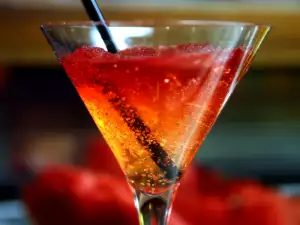


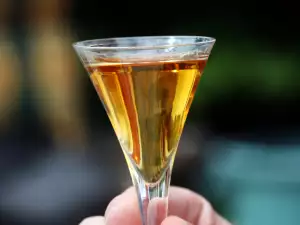
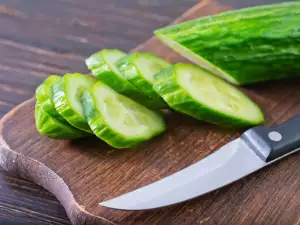
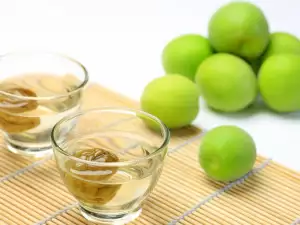



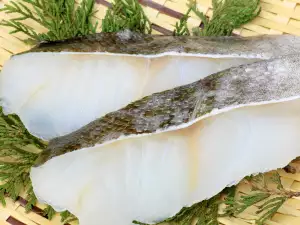
Comments